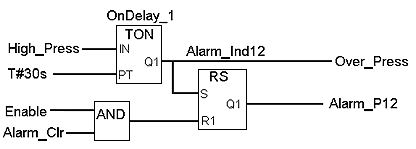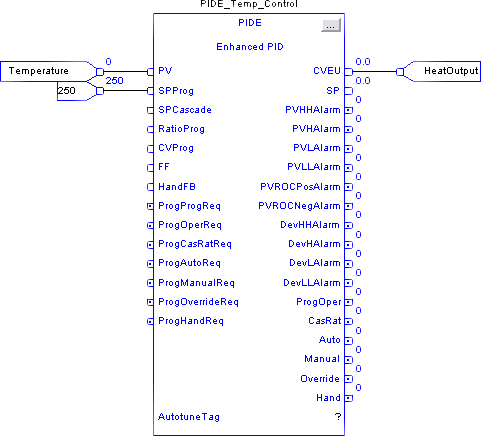In case you’ve never read my blog before, let me bring you up to speed:
- Write readable PLC logic.
Now, I’m a fan of ladder logic, because when you write it well, it’s readable by someone who isn’t a programmer, and (in North America, anyway) maintenance people frequently have to troubleshoot automation programs and most of them are not programmers.
That doesn’t mean I’m not a fan of other automation languages. I think structured text should be used when you’re parsing strings, and I like to use sequential function chart to describe my auto-mode logic. I’m also a fan of function block diagram (FBD), particularly when working with signal processing logic, like PID loops, etc.
What I’m not a fan of is hard-to-understand logic. Here’s FBD used wisely:

Here’s an example of FBD abuse:

I’m still reading Clean Code: A Handbook of Agile Software Craftsmanship by Robert C. Martin. He’s talking about traditional PC programming, but one of the “rules” he likes to use is that functions shouldn’t have many inputs. Ideally 0 inputs, maybe 1 or 2, possibly 3, but never more than 3. He says if you go over 3, you’re just being lazy. You should just break that up into multiple functions.
I think that applies equally well to FBD. The reader can easily rationalize about the first image, above, but the second one is just a black box with far too many inputs and outputs. If it doesn’t work the way you expect (and it’s doubtful it does), you have to keep going inside of it to figure it out. Unfortunately once you’re inside, all the variable names change, etc.
I understand the necessity of code re-use, but not code abuse. If you find yourself in the situation of example #2, ask yourself how you can refactor it into something more readable. After all, the most likely person who has to read this later is you.